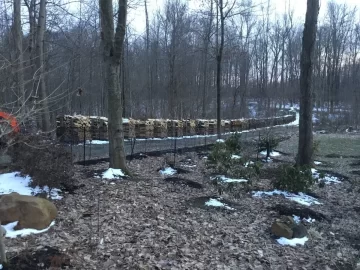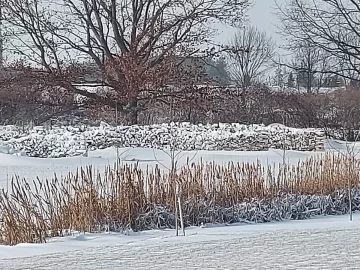I fully understand that top covered wood is the best route.......but....
How long can you leave HARDWOODS (ash,oak,maple) not covered before a notable amount of degradation of wood quality has set in?
Can one leave it in the stacks uncovered for 3 years Then move it into a 2 year (10 cord) supply woodshed that is used for the current and next year burn? Therefore, spending its last 2 years under roof.
I am lucky enough to have a approximate. 5 year supply of CSS wood and will easily stay at this level moving forward. I don't really want to put wood sheds everywhere (looks and feel it's a unnecessary investment) and tarps seem like a PITA.
With a wood program like this will my wood quality suffer significantly from spending its first 3 years exposed to the elements not top covered or be just fine?
How long can you leave HARDWOODS (ash,oak,maple) not covered before a notable amount of degradation of wood quality has set in?
Can one leave it in the stacks uncovered for 3 years Then move it into a 2 year (10 cord) supply woodshed that is used for the current and next year burn? Therefore, spending its last 2 years under roof.
I am lucky enough to have a approximate. 5 year supply of CSS wood and will easily stay at this level moving forward. I don't really want to put wood sheds everywhere (looks and feel it's a unnecessary investment) and tarps seem like a PITA.
With a wood program like this will my wood quality suffer significantly from spending its first 3 years exposed to the elements not top covered or be just fine?



